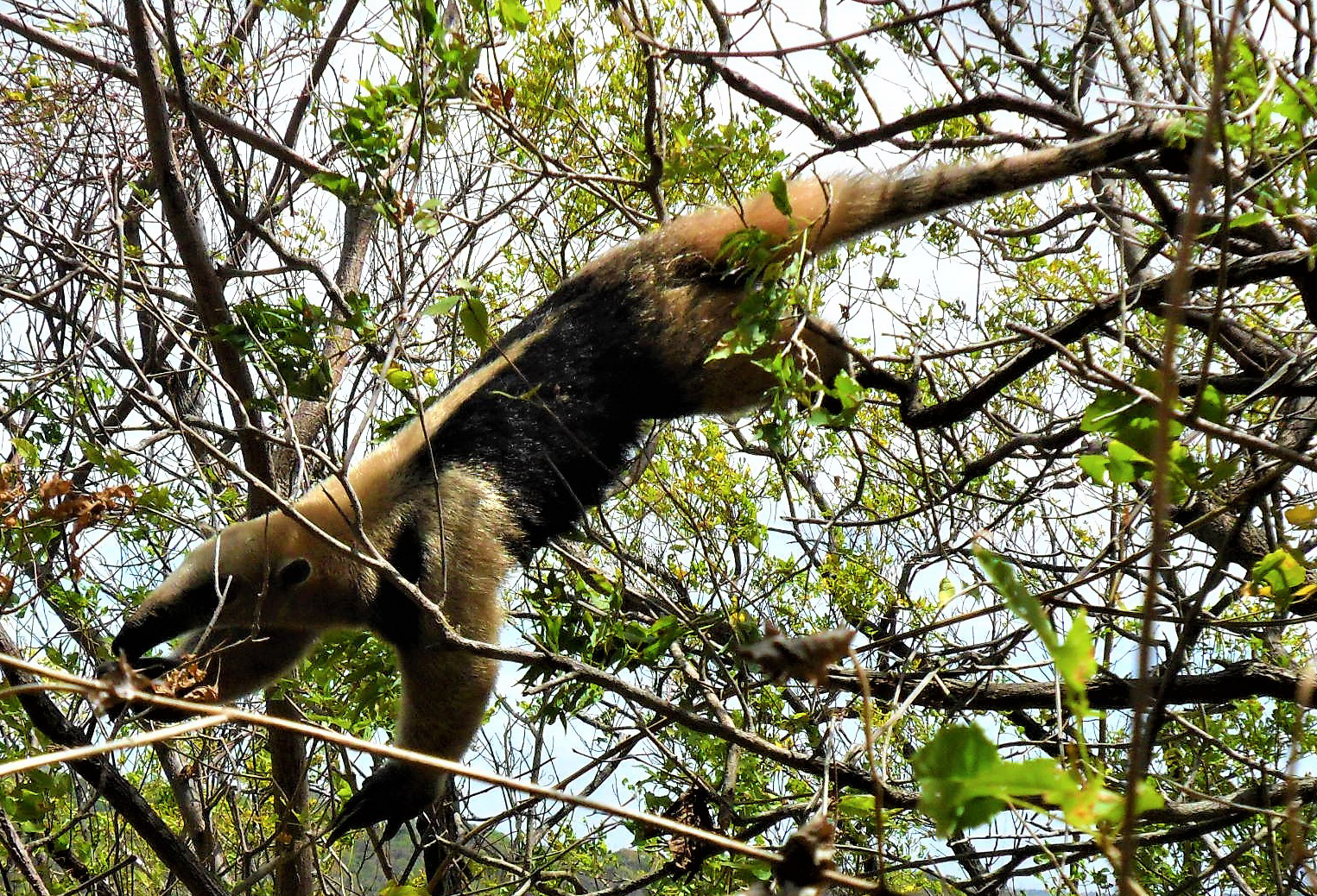Abstract
The mammological richness of the Nicaraguan Pacific bioregion is described, a region that due to its geological characteristics has resulted in a variety of natural formations such as dry forests, lakes, crater lagoons, estuaries, and rivers. These characteristics have been decisive in the distribution patterns of 144 species of wild mammals that inhabit the region (70% of the national wealth). The most diverse groups are bats with 58% of the total (84 species) and rodents with 17% (25 species). 14% of the species (20 species) are associated with the dry forest. The South Pacific is influenced by the humidity of the Caribbean and the lake coast has greater species richness than the northwestern area (which is drier), a pattern that is explained by the diversity of bat and rodent species. A total of 12 species present conservation problems at a global or national level (Endangered, Endangered or Vulnerable). There is evidence of extinction for the Pacific region of the country of two species, the jaguar (Panthera onca) and the tapir (Tapirus bairdii).

This work is licensed under a Creative Commons Attribution-NonCommercial-NoDerivatives 4.0 International License.
Copyright (c) 2021 Revista Mexicana de Mastozoología (nueva época)



